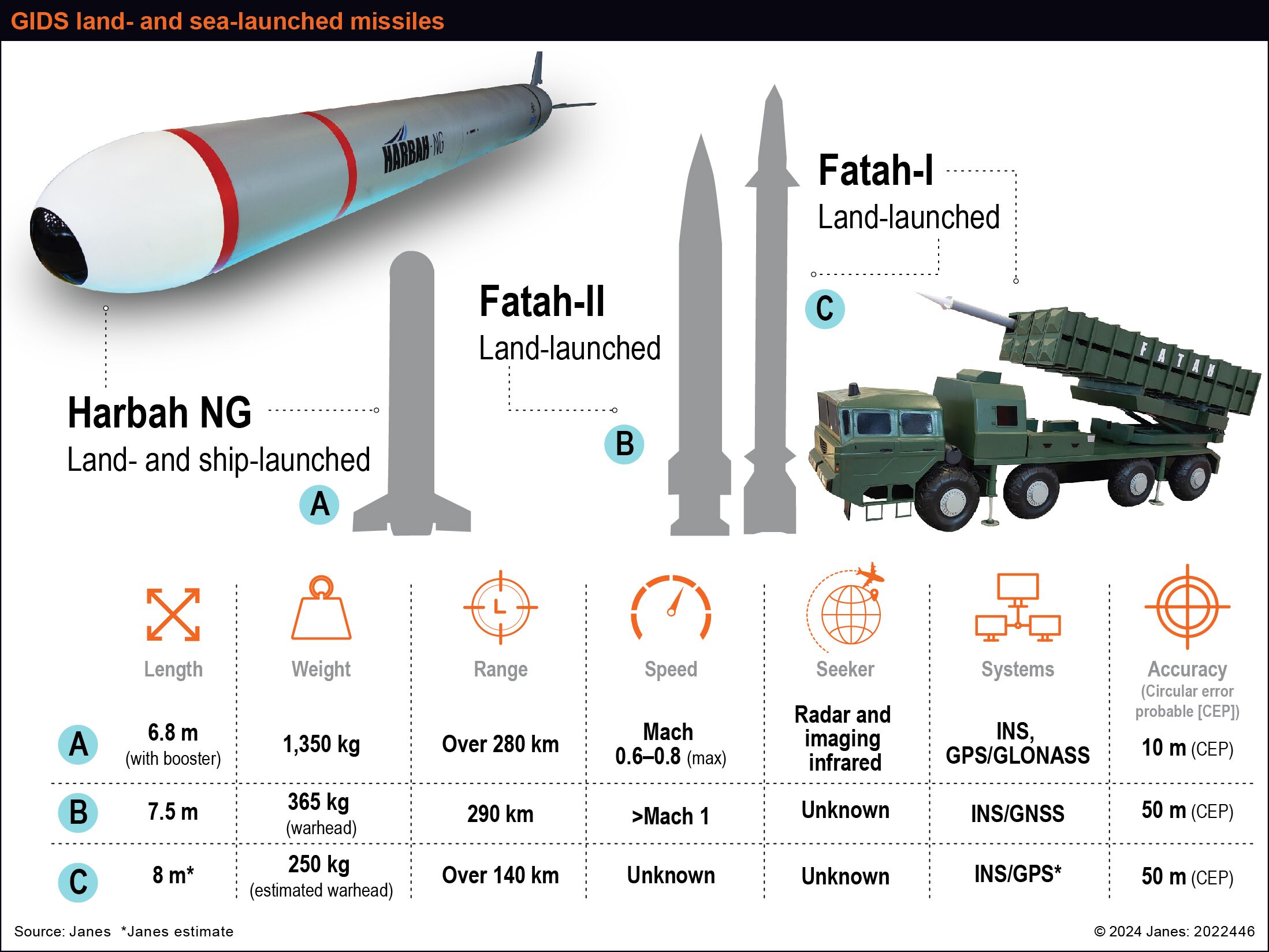- About
- Intara
- Capabilities
- Advisory
- Resources
- News
- Store
Australian defence review outlines shift to strategy of denial
25 April 2023
by Julian Kerr


A Royal Australian Navy MH-60R helicopter carries the Australian national flag during the 2023 Avalon International Airshow. (Commonwealth of Australia)
Australia is to adopt a defence strategy of denial centred on anti-access/area-denial capabilities focused on its northern approaches and its primary regional area of military interest, the country's most significant strategic review in a generation has revealed.
Conducted by former Australian Defence Force (ADF) Chief Angus Houston and former Defence Minister Stephen Smith, and released on 24 April by Prime Minister Anthony Albanese, the unclassified version of the Defence Strategic Review said the current ADF structure is based on a ‘balanced force' model and Defence of Australia doctrine that reflects a bygone era.
“The development of a strategy of denial for the ADF is key in our ability to deny an adversary freedom of action to militarily coerce Australia and to operate against Australia without being held at risk,” the review said.
UK continues search to sell surplus Hercules airlifters
16 May 2024
by Gareth Jennings


One of the last C-130Js in RAF service made its farewell flypast in June 2023. The MoD is continuing its search to find buyers for this and 14 other surplus airframes. (Crown Copyright)
The UK is continuing its search to find buyers for its fleet of retired Lockheed Martin C-130J/C-130J-30 Hercules airlifters, with the UK Ministry of Defence (MoD) telling Janes that it has identified several potential buyers.
The Royal Air Force (RAF) retired one ‘short' C-130J (C5 in UK service) and 13 ‘stretched' C-130J-30 (C4) airframes on 31 March 2023 (with the type's final farewell flypast following in June 2023), all of which, along with an additional C5 aircraft carried over from the previous round of retirements in 2015, are now available to overseas buyers.
“The Defence Equipment Sales Authority (DESA) is managing the sales programme on behalf of the MoD and continues to actively pursue sales with a number of potential buyers,” the ministry said on 10 May.
Pakistan Army inducts Fatah-II rocket launcher
16 May 2024
by Kapil Kajal


The Fatah-II rocket is initially propelled using a single-stage dual-thrust solid rocket motor, which then disengages and glides to supersonic speeds to engage the target. (Janes)
The Pakistan Army has initiated inducting the Fatah-II multiple rocket launcher (MRL), the Pakistan Armed Forces' Inter-Services Public Relations (ISPR) agency said on 15 May.
“Fatah-II is being inducted in Pakistan's Artillery Divisions for stand-off [capability] and to engage the targets with precision,” ISPR said.
The rocket system will enhance the “reach and lethality of [the] Pakistan Army's conventional arsenal”, ISPR added.
The Pakistan Army also test-fired Fatah-II on 15 May. The test was “aimed at perfecting the launch drills and procedures”, according to ISPR.
Fatah-II – with a maximum strike range of 400 km – is equipped with a “navigation system, unique trajectory, and manoeuvrable features, which make the launcher capable of engaging targets with high precision and defeating any missile defence system”, ISPR said.
The MRL is developed by Pakistan's state-owned Global Industrial & Defence Solutions (GIDS) as an extended-range variant of the Fatah-I MRL.
Tunisian training area undergoing upgrade
16 May 2024
by Jeremy Binnie


A group of soldiers that includes at least one Libyan call in air support during Exercise ‘African Lion 2024' at Tunisia's Ben Ghilouf Training Area on 7 May. (US Army Southern European Task Force Africa)
The Tunisian Armed Forces' main training area at Ben Ghilouf is undergoing a major upgrade, according to plans posted on the US government's System for Award Management (SAM) website on 15 May.
The plans were attached to a solicitation from US Naval Facilities Engineering Systems Command seeking a contractor for the third phase of the project, which covers the building of a new life support area (LSA) with seven barracks buildings that together can accommodate 630 people, two dining halls capable of seating 430 people at the same time, and two ablution blocks.
The plans also outlined the first two phases, which include a new range-operations centre, a replacement range overwatch tower, a canopy structure with seating and a terrain model for briefings, and a helicopter pad. The existing viewing stand and ablution building are also being improved. There is also a future plan for a second LSA of unspecified size and an urban combat training area.
Australia is to adopt a defence strategy of denial centred on anti-access/area-denial capabilities f...
Latest Podcasts
The value of OSINT for intelligence sharing
In this episode Harry Kemsley and Sean Corbett are joined by Phil Ritcheson Ph.D. to discuss why intelligence sharing is now more important than ever. They discuss the growing need for allied and partnership and how by using open sources facilit...
Listen nowJanes Case Studies
Using Janes Intara to build a common intelligence picture: Russian build up on the Ukrainian border
View Case StudyNews Categories
 Weapons Details
Weapons Details